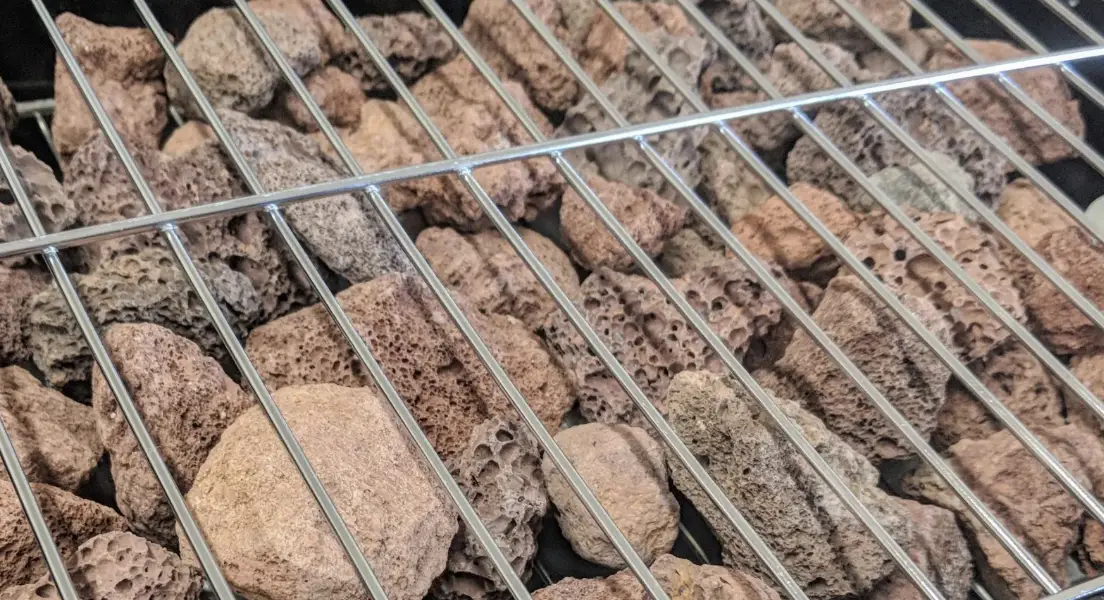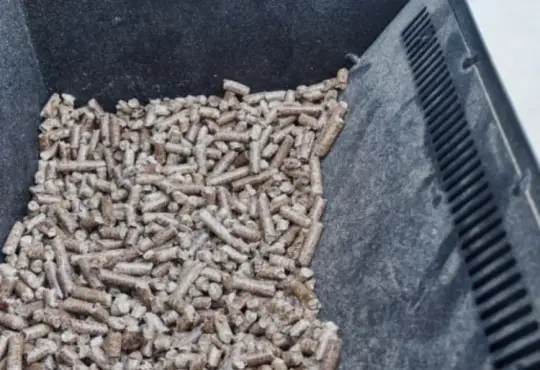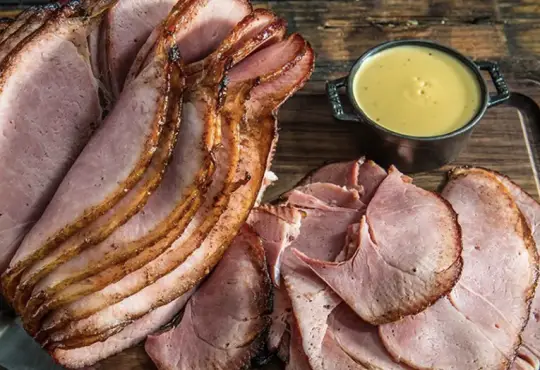
Unearthing the Truth: Why Gas Grills Don’t Use Lava Rocks Anymore
For many seasoned grill enthusiasts, the sight of lava rocks glowing beneath the grates was once a common occurrence in gas grills. However, in recent years, gas grills seem to have transitioned away from this classic feature. If you’re wondering why gas grills don’t use lava rocks anymore, you’re not alone. In this blog post, we’ll explore the reasons behind this shift in grill design, the advantages of modern alternatives, and the advancements that have made gas grilling more efficient and user-friendly.
The Lava Rock Era
Lava rocks were commonly used in gas grills as a way to distribute heat evenly and provide a smoky flavor to grilled foods. These porous volcanic rocks would sit above the gas burners, and when the grill was turned on, they would heat up and radiate that heat to the cooking surface. The drippings from the food would hit the hot lava rocks, creating smoke and adding a distinct flavor to the grilled dishes.
Reasons for Transition
- Uneven Heat Distribution: While lava rocks did a decent job of distributing heat, they often led to uneven cooking temperatures. Certain areas of the grill would be hotter than others, resulting in unevenly cooked food.
- Difficulty in Cleaning: Lava rocks could become clogged with grease and food particles, making them challenging to clean. This buildup could lead to flare-ups and even cause a safety hazard.
- Limited Temperature Control: Lava rocks didn’t offer precise temperature control, making it challenging to adjust the heat to specific levels for different types of grilling.
- Inconsistent Flavor: The smoky flavor produced by lava rocks was subjective and could vary depending on the type of rocks used and their age. Some grillers found that the flavor imparted by lava rocks was not as consistent as they desired.
The Emergence of New Technologies
As grilling technology evolved, manufacturers introduced new innovations to address the limitations of lava rocks. Here are some of the alternatives that have gained popularity:
- Ceramic Briquettes: Ceramic briquettes are a modern replacement for lava rocks. They provide even heat distribution, excellent temperature control, and are easier to clean. Additionally, they last longer than lava rocks, making them a cost-effective and efficient option.
- Flavorizer Bars: Flavorizer bars, also known as heat deflectors or flavor bars, are metal plates placed above the burners. They catch drippings, vaporize them, and infuse the grilled food with a smoky flavor without the need for lava rocks.
- Infrared Technology: Some high-end gas grills now use infrared technology, which uses a radiant heat source to cook food directly, resulting in faster and more even cooking.
Conclusion
The transition away from lava rocks in gas grills is the result of advancements in grilling technology, addressing the limitations of this traditional method. Ceramic briquettes, flavorizer bars, and infrared technology offer more even heat distribution, better temperature control, and easier cleaning, providing grillers with a more user-friendly and efficient grilling experience. While the nostalgia of lava rocks may linger for some, embracing these modern alternatives opens the door to a new era of precision and flavor in gas grilling. So, fire up your gas grill, explore the possibilities, and savor the delights of contemporary grilling technology. Happy grilling!






